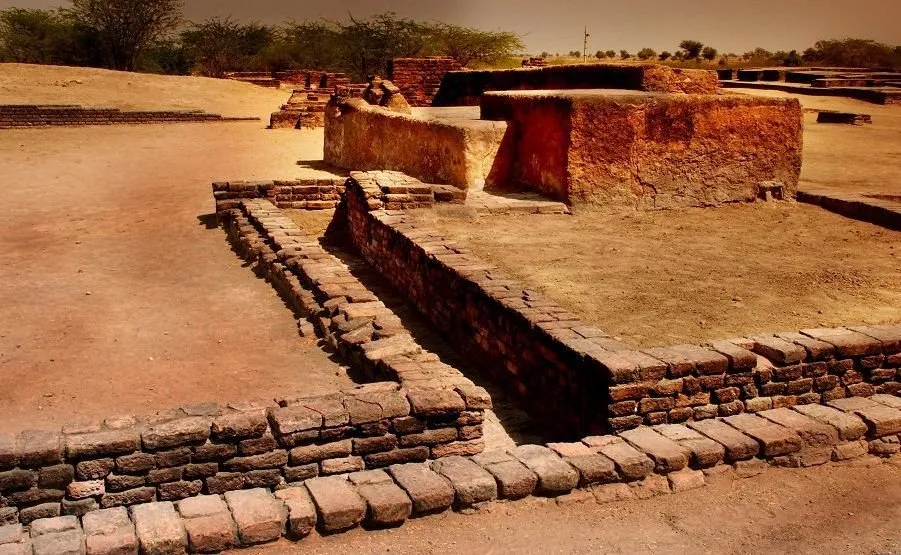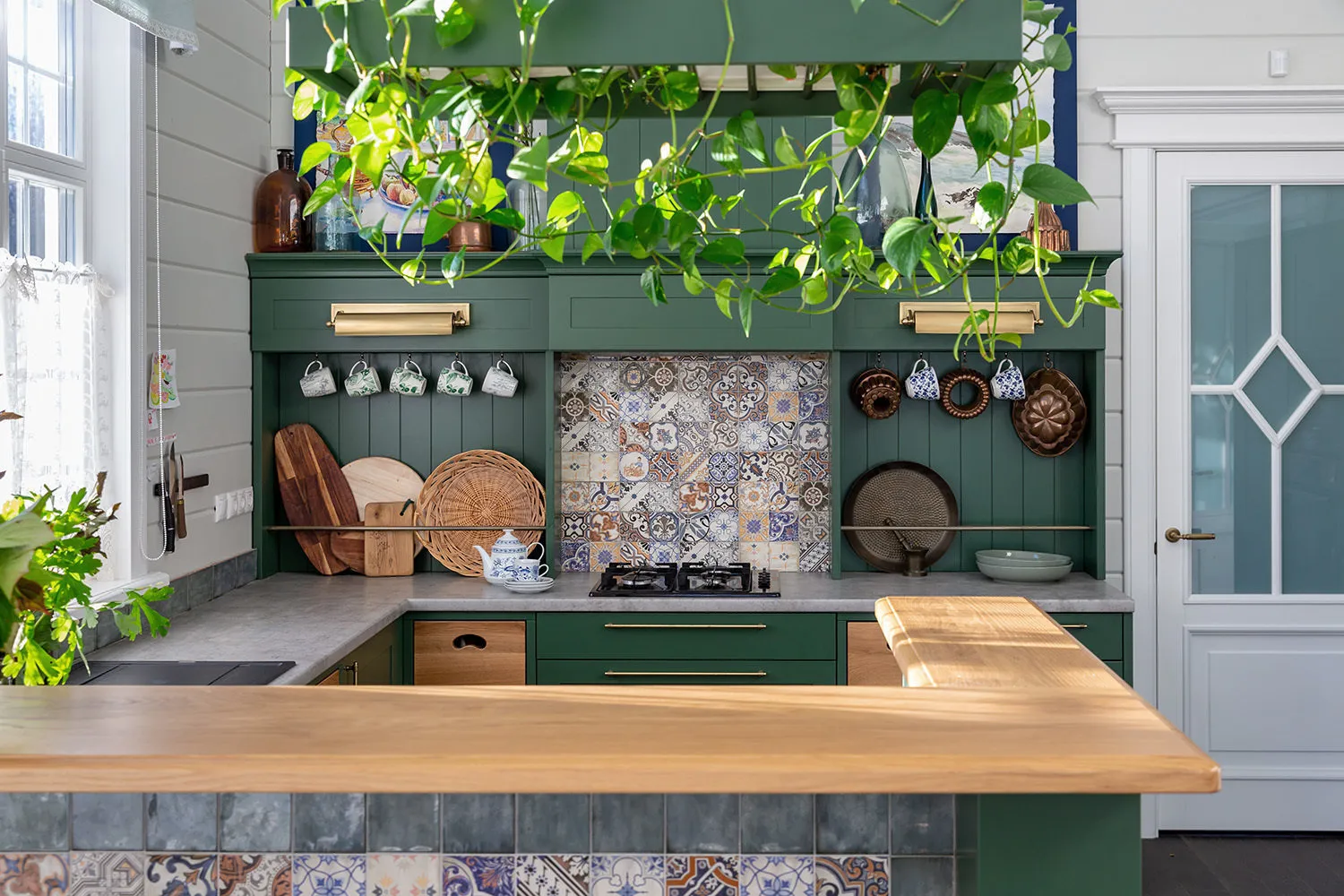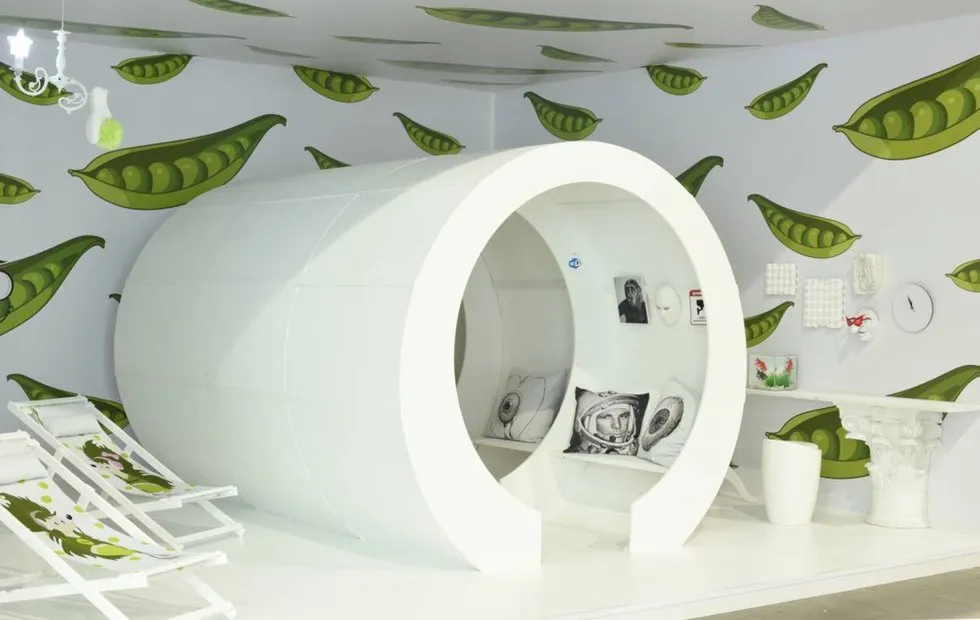There can be your advertisement
300x150
How Did People Take Showers 200 Years Ago?
It's hard to imagine our lives without a mixer or toilet. But it wasn't always like this. We tell you who invented plumbing and how it changed over the centuries.
The history of the bathroom starts with the appearance of a bathing basin several thousand years ago. Neither its function nor form has undergone radical changes. A standard bathtub in a typical apartment differs little from a tub found during excavations of ancient cities.
 Marble bathtub in the 3rd century BC
Marble bathtub in the 3rd century BCIn medieval Europe, bathing was considered a sin, which led to the spread of various diseases. However, by the 19th century, Europeans had reconsidered and returned to bathing procedures. At that time, sitting tubs or basins were used instead of the bathtubs we are familiar with today.
Those who could afford it bought tubs made of expensive materials — enamel and zinc. Those who were even wealthier bought basins made of tin. From 1840, hot water was brought into wealthy homes, and by the 1870s, bathing procedures became accessible to the middle class.

In poor households, gas water heaters were installed for heating water, but they were expensive to maintain, noisy, and dangerous because sometimes they exploded.
In wealthy homes, innovations were installed — bathtubs with gas heaters. However, due to their cost and complexity of use, people were reluctant to use them.
At the end of the 19th century, France began manufacturing high-quality ceramic basins for sinks and toilets.
The first was Émile Jacob, who produced plumbing fixtures and pipes. He joined forces with Maurice Delafontaine — a manufacturer of items made from enameled white sandstone. Together, they created a small production facility for manufacturing sanitary porcelain.
The bet on the new type of product proved to be correct. In 1889, the products of these two entrepreneurs won a gold medal at an exhibition in Paris.
Originally, the shower was provided by waterfalls. Then for many centuries, people would wash themselves with water from a vessel.
The first depictions of the shower in its modern form were found on Athenian vases dated to the 4th century BC. For example, one of them shows two showers where four young women are bathing. The water flowing through the pipe poured down on them via showerheads shaped like lion and boar heads.
A complete set of showers (beginning of the 2nd century BC) was found during excavations in Turkey. These used seven levels of shower installations. Water flowed down from a central system onto people, then it flowed into other bathing rooms and eventually entered the drainage system.

The prototype of the modern shower cabin appeared in 1810. It was 3.5 meters in height and consisted of two reservoir basins located at the top and bottom.
The disadvantage of this shower was its repeated use of water: it flowed from the upper reservoir to the lower one, then rose through pipes and again poured over the person washing.
In the same year 1810, a shower curtain was invented, which also served as a towel: the fabric was soaked in aromatic oils so that after the shower, a person would smell pleasant.
Toilets similar to those installed in modern restrooms only appeared in the second half of the 19th century. Before that, the options were limited to two: an outdoor latrine or a chamber pot.
The first toilet was a hybrid of a stool and a night pot — for example, the so-called 'earth toilet', invented by Henry Moyle in 1860.
The container behind the 'stool' contained dry earth. One simply pulled a lever, and the earth would fall into the pot, which was then emptied — this was simpler and cleaner. This model somewhat resembled a cat's litter box.
Progenitors of modern toilets were inconvenient and caused many problems.
In early toilets, waste was emptied into a reservoir, and then water was poured in, which carried it away through the sewer pipe. Water was not always sufficient for effective flushing. Therefore, early toilets were often placed in back rooms.
The problem of odors was solved after the invention of the toilet with a siphon (S-bend). Changes also affected the drain: while earlier it depended only on water pressure, in the 1870s, siphons without valves began to be used that created a vacuum and sucked in the contaminated water.
 Inventions of Krappe: a tank with an automatic lever and float valve that shuts off water supply and a toilet with a 'water lock' in the form of an S-shaped pipe.
Inventions of Krappe: a tank with an automatic lever and float valve that shuts off water supply and a toilet with a 'water lock' in the form of an S-shaped pipe.The 'revolutionary' water tap — the first ball mixer — was invented in 1940 by Manukyan.
The uniqueness of the mixer lay in the fact that instead of two valves — one for hot and one for cold water — a single valve was used, which simultaneously controlled both pressure and temperature. The manufacturers of sanitary fixtures were not interested in the invention, so Manukyan decided to produce and sell these mixers himself.
More articles:
 Is Life Comfortable in a Loft Apartment: Example of a Flat in Sweden
Is Life Comfortable in a Loft Apartment: Example of a Flat in Sweden Create a Wardrobe from IKEA PAX Yourself. How Is It Possible?
Create a Wardrobe from IKEA PAX Yourself. How Is It Possible? How to Improve Apartment Interior: 10 Design Hacks from Projects
How to Improve Apartment Interior: 10 Design Hacks from Projects March Digest: What Will Remember the First Spring Month
March Digest: What Will Remember the First Spring Month How to Decorate a Living Room in Scandinavian Style: 20 Affordable Ideas
How to Decorate a Living Room in Scandinavian Style: 20 Affordable Ideas Kitchen Layout in a Khrushchyovka: 3 Variants
Kitchen Layout in a Khrushchyovka: 3 Variants Luxury Living Room for Less Than a Million — Is It Really Possible? Three Designer Ideas
Luxury Living Room for Less Than a Million — Is It Really Possible? Three Designer Ideas How to Quickly Wash Windows After Winter?
How to Quickly Wash Windows After Winter?